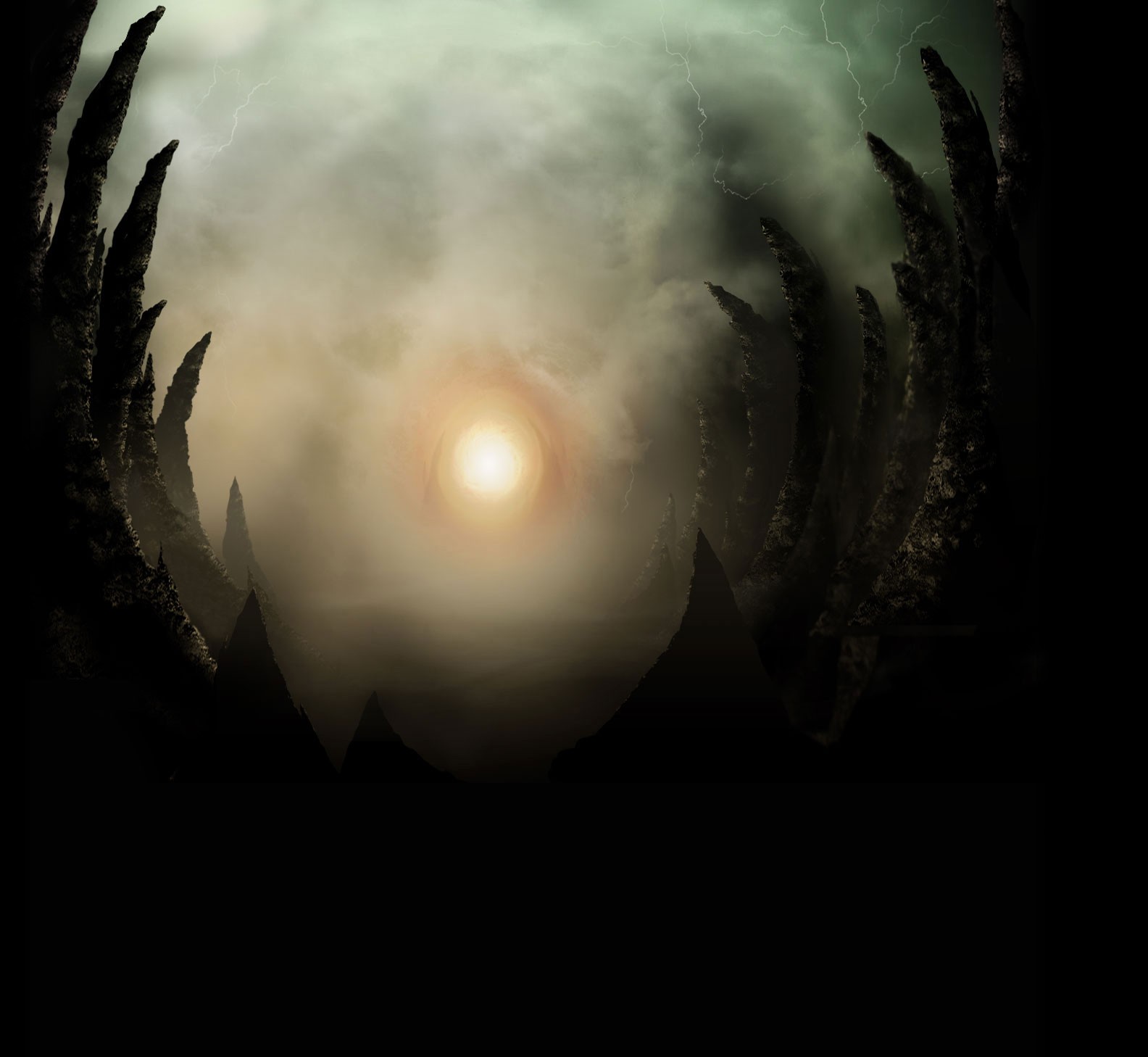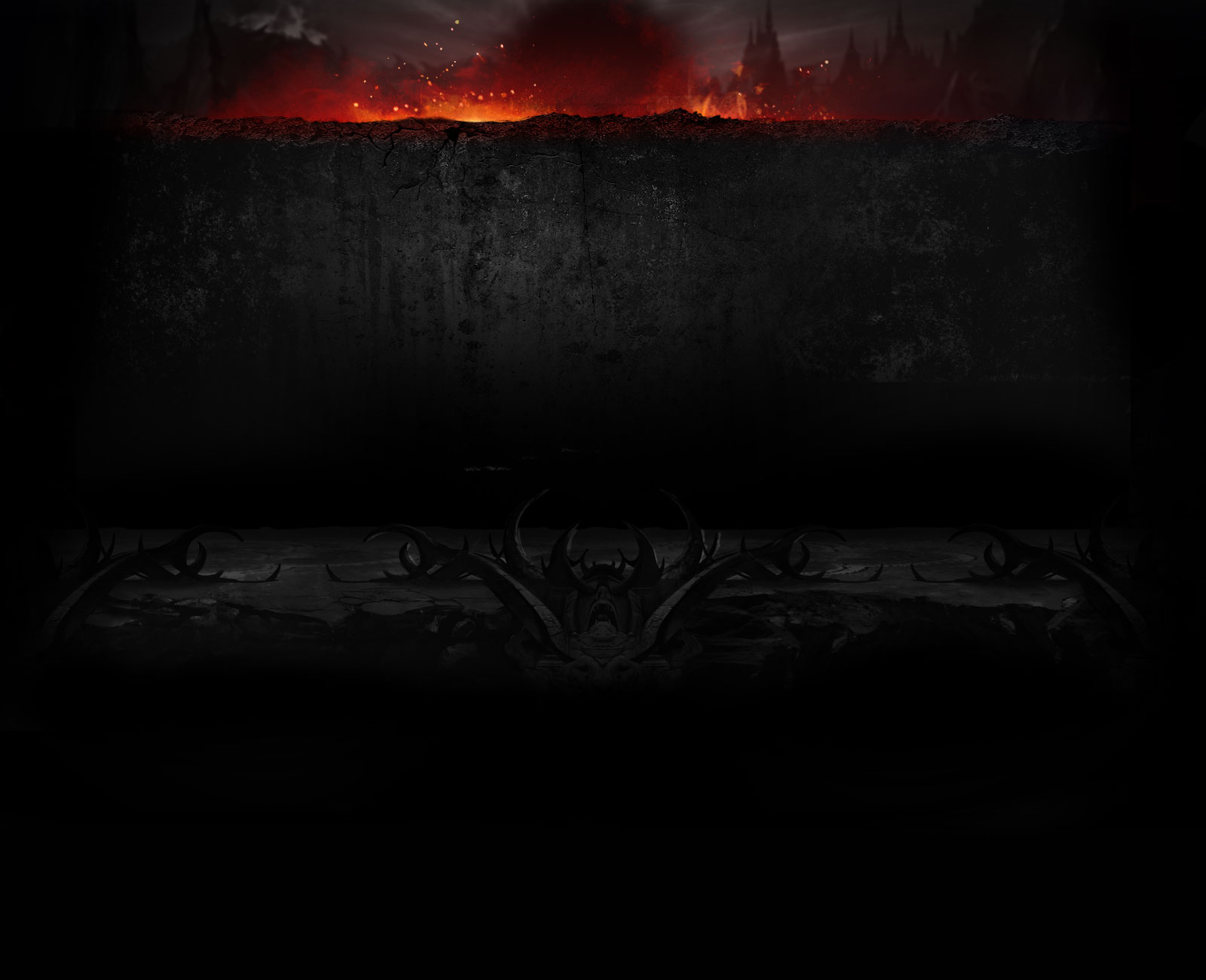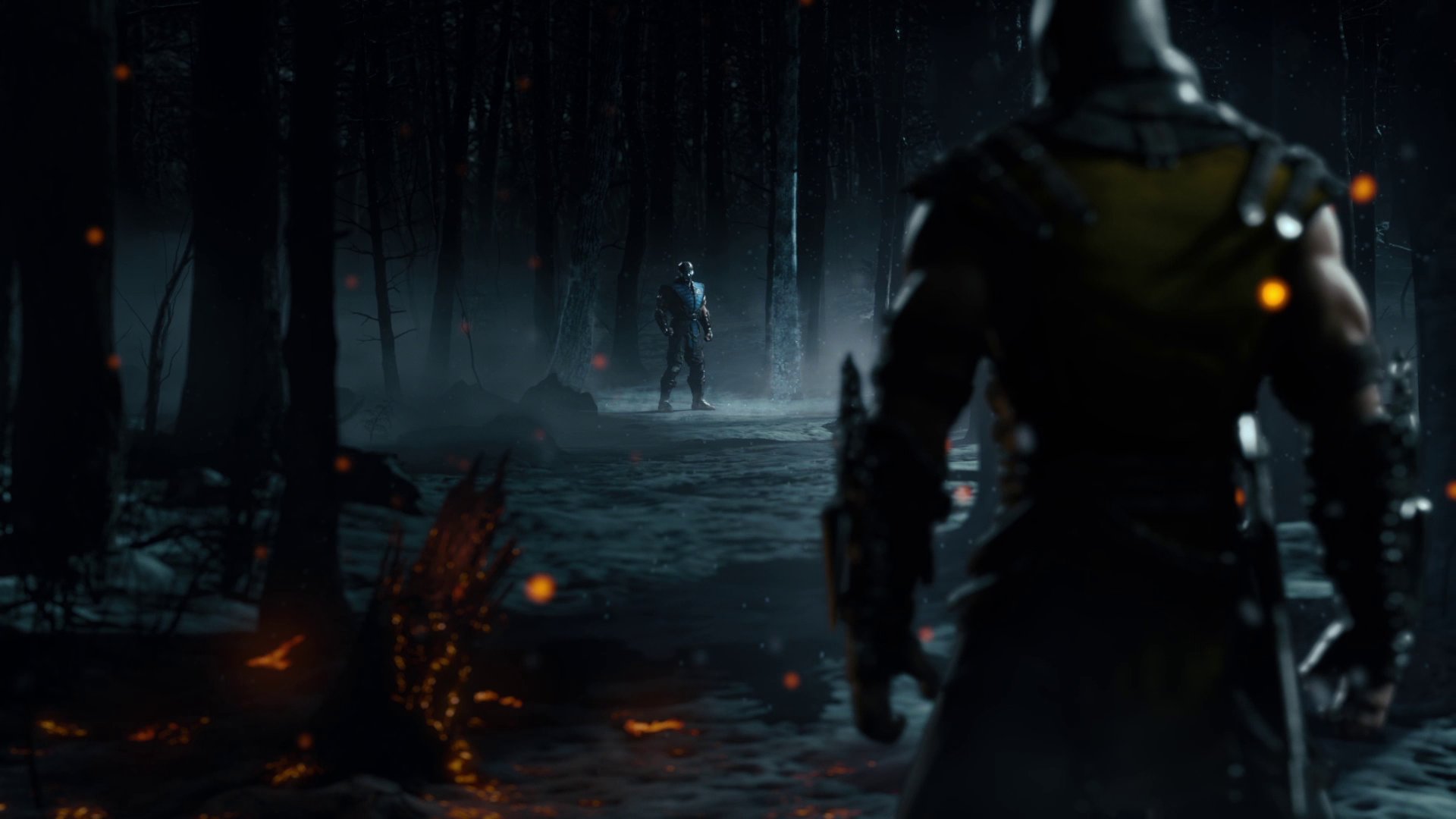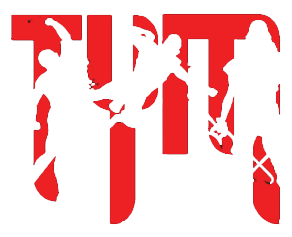TarkatanDentist
Noob
On pretty much any fighting game forum, tiers will inevitably be one of the primary discussion topics. While there isn't anything wrong with that, I feel that quite a lot of people misunderstand quite a few fundamental aspects of how tier lists work.
I'll start off with something that most TYM members will have heard at some point, but won't necessarily have taken in exactly what it means, with a reminder that tier lists only apply to the highest known level of play.
I emphasise this because a lot of folks define tier lists as being based on 'two players of equal skill fighting each other', which is in fact only part of the truth - those two players also need to be playing at the highest level for the tier rankings to be applicable. Imagine, if you will, Character A, who is ridiculously good once mastered, but requires a gargantuan amount of practice and skill, against Character B, who has only a moderate amount of potential, but is very easy and simple to play.
At the highest level of play, Character A would probably have the advantage over Character B.
But at an intermediate level of play, it is much more likely that the person using Character B would have the advantage over Character A, even though both players could still be of 'equal skill', just because an 'intermediate' player will be much closer to Character B's full potential, due to a lower skill ceiling. Likewise, Character B will likely rank better against the rest of the cast (assuming all characters are played at an 'intermediate level') than Character A will. This is why tier lists are specifically for the highest level only.
A good example of this in action would be Tekken Tag Tournament 2. The Mishimas are pretty unambiguously top tier, and are awesome if you can get EWGFs consistently - if you can get EWGFs consistently. If not, you'll likely have more success with a character like Bruce who is much simpler to use.
Secondly, I'd like to draw attention to the fact that I said that Character A would only probably have an advantage over B. This is because, although tier lists act as a good indication of how characters stack up against the cast as a whole, this need not always indicate that a character ranked lower than another will always lose against them. In fact, they may well have the advantage in that specific matchup.
For a practical example, take Brawl Peach vs Ice Climbers. Ice Climbers were top tier, #2 in the game, while Peach was bang in the middle of mid tier. Yet Peach vs Ice Climbers was a match in Peach's favour, despite her being unambiguously lower tier than the ICs.
Thirdly, while matchups are obviously one of the main factors in determining tiers, it needs to be stated that not every matchup has equal merit. A common method I've seen of creating tier lists would be to sum up each character's matchups against the entire cast, and then see whose sums are highest. This is not how tier lists (should) work. Like it or not, how a character does against the most powerful characters in the cast is going to be far more important than how they do against the bottom tiers.
Character A could absolutely obliterate the lower half of the cast, whilst having unfavourable matchups against most of the upper half, while Character B goes more or less even with basically everyone. From a basic arbitrary summation of matchups alone, Character A may wind up being ranked higher than Character B, when in real-world terms, Character B is clearly superior in a tournament setting due to not having disadvantages against the characters you're most likely going to be seeing in a tournament.
An extreme example of this would be Brawl, where a huge part of a character's success hung on how well they did specifically against Meta Knight, the undisputed #1. They may do really well against the rest of the cast, but if they have worse than a 4-6 against Meta Knight, they're almost certainly not going to end up higher than mid tier. Conversely, doing comparatively decently against Meta Knight, even with unspectacular matchups elsewhere, could push a character quite a long way up the list.
The fourth and final point I'd like to make is that 'online tier lists' are inherently completely pointless.
Granted, most of the time when they're created, it's done as a joke, but I've seen quite a few people (admittedly many of whom are outside of TYM) who earnestly want to have an 'online tier list' separate from the 'offline tier list'. The reason why this simply does not work is that lag (which is, after all, pretty much the sole reason why online gameplay differs from offline) is inherently unpredictable, and the effects it is going to have on characters and players is not something that can be properly and consistently accounted for. Compare this to the controlled setting of offline tournaments, where you know what's coming and there aren't any unexpected surprises.
I enjoy tier and matchup discussions as much as the next person, but too often it feels like conversation is stifled (unintentionally) by these misunderstandings about how tier lists actually work. There's probably a fair bit of stuff I've missed, but these are the primary gripes I personally have with relation to this topic.
I'll start off with something that most TYM members will have heard at some point, but won't necessarily have taken in exactly what it means, with a reminder that tier lists only apply to the highest known level of play.
I emphasise this because a lot of folks define tier lists as being based on 'two players of equal skill fighting each other', which is in fact only part of the truth - those two players also need to be playing at the highest level for the tier rankings to be applicable. Imagine, if you will, Character A, who is ridiculously good once mastered, but requires a gargantuan amount of practice and skill, against Character B, who has only a moderate amount of potential, but is very easy and simple to play.
At the highest level of play, Character A would probably have the advantage over Character B.
But at an intermediate level of play, it is much more likely that the person using Character B would have the advantage over Character A, even though both players could still be of 'equal skill', just because an 'intermediate' player will be much closer to Character B's full potential, due to a lower skill ceiling. Likewise, Character B will likely rank better against the rest of the cast (assuming all characters are played at an 'intermediate level') than Character A will. This is why tier lists are specifically for the highest level only.
A good example of this in action would be Tekken Tag Tournament 2. The Mishimas are pretty unambiguously top tier, and are awesome if you can get EWGFs consistently - if you can get EWGFs consistently. If not, you'll likely have more success with a character like Bruce who is much simpler to use.
Secondly, I'd like to draw attention to the fact that I said that Character A would only probably have an advantage over B. This is because, although tier lists act as a good indication of how characters stack up against the cast as a whole, this need not always indicate that a character ranked lower than another will always lose against them. In fact, they may well have the advantage in that specific matchup.
For a practical example, take Brawl Peach vs Ice Climbers. Ice Climbers were top tier, #2 in the game, while Peach was bang in the middle of mid tier. Yet Peach vs Ice Climbers was a match in Peach's favour, despite her being unambiguously lower tier than the ICs.
Thirdly, while matchups are obviously one of the main factors in determining tiers, it needs to be stated that not every matchup has equal merit. A common method I've seen of creating tier lists would be to sum up each character's matchups against the entire cast, and then see whose sums are highest. This is not how tier lists (should) work. Like it or not, how a character does against the most powerful characters in the cast is going to be far more important than how they do against the bottom tiers.
Character A could absolutely obliterate the lower half of the cast, whilst having unfavourable matchups against most of the upper half, while Character B goes more or less even with basically everyone. From a basic arbitrary summation of matchups alone, Character A may wind up being ranked higher than Character B, when in real-world terms, Character B is clearly superior in a tournament setting due to not having disadvantages against the characters you're most likely going to be seeing in a tournament.
An extreme example of this would be Brawl, where a huge part of a character's success hung on how well they did specifically against Meta Knight, the undisputed #1. They may do really well against the rest of the cast, but if they have worse than a 4-6 against Meta Knight, they're almost certainly not going to end up higher than mid tier. Conversely, doing comparatively decently against Meta Knight, even with unspectacular matchups elsewhere, could push a character quite a long way up the list.
The fourth and final point I'd like to make is that 'online tier lists' are inherently completely pointless.
Granted, most of the time when they're created, it's done as a joke, but I've seen quite a few people (admittedly many of whom are outside of TYM) who earnestly want to have an 'online tier list' separate from the 'offline tier list'. The reason why this simply does not work is that lag (which is, after all, pretty much the sole reason why online gameplay differs from offline) is inherently unpredictable, and the effects it is going to have on characters and players is not something that can be properly and consistently accounted for. Compare this to the controlled setting of offline tournaments, where you know what's coming and there aren't any unexpected surprises.
I enjoy tier and matchup discussions as much as the next person, but too often it feels like conversation is stifled (unintentionally) by these misunderstandings about how tier lists actually work. There's probably a fair bit of stuff I've missed, but these are the primary gripes I personally have with relation to this topic.





